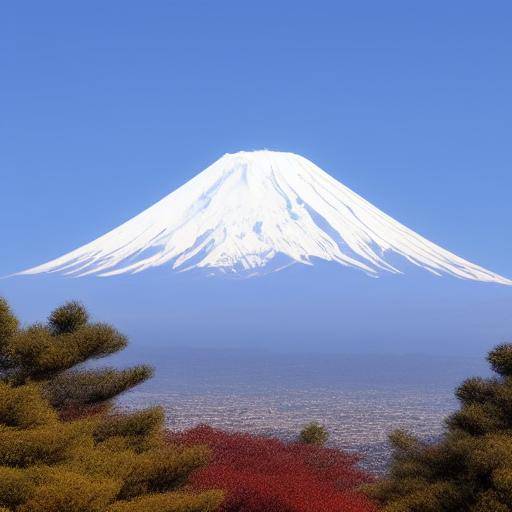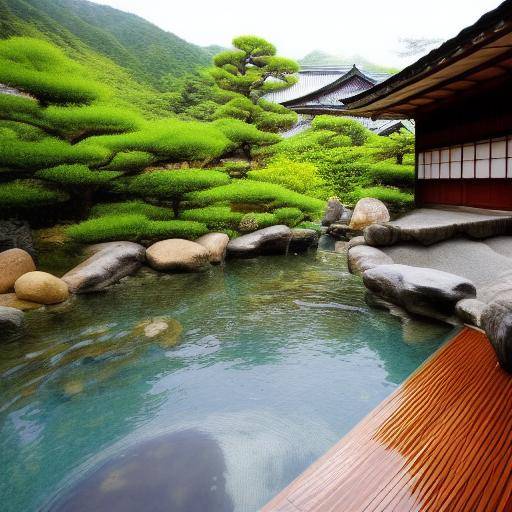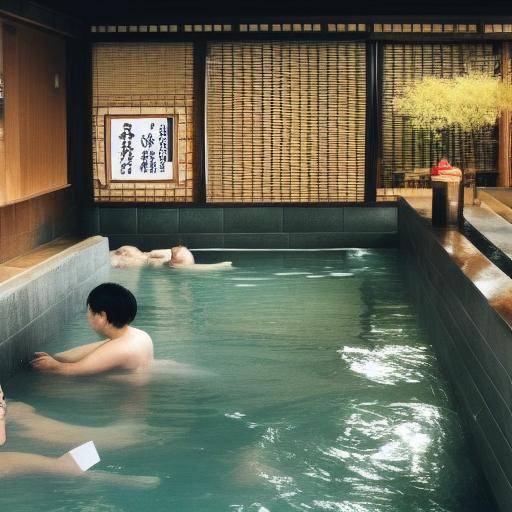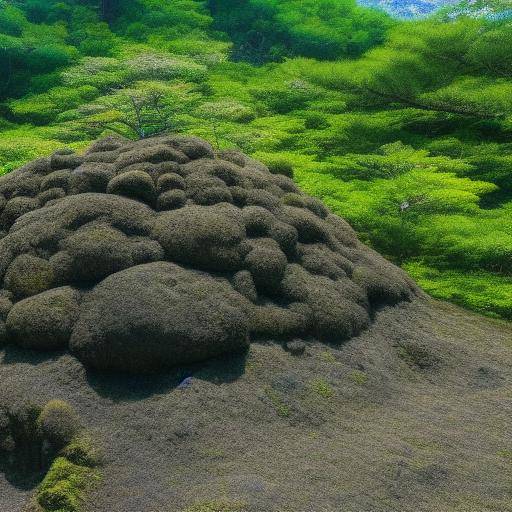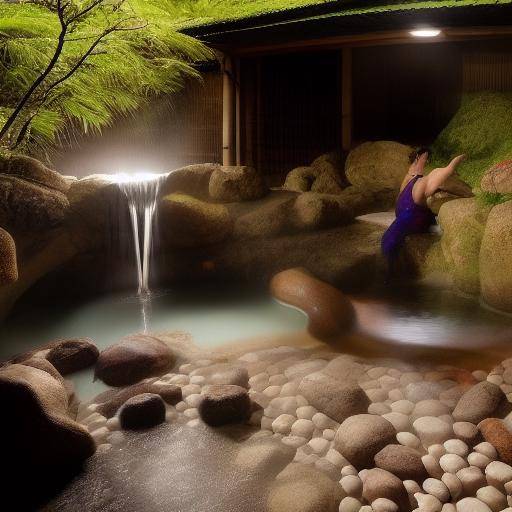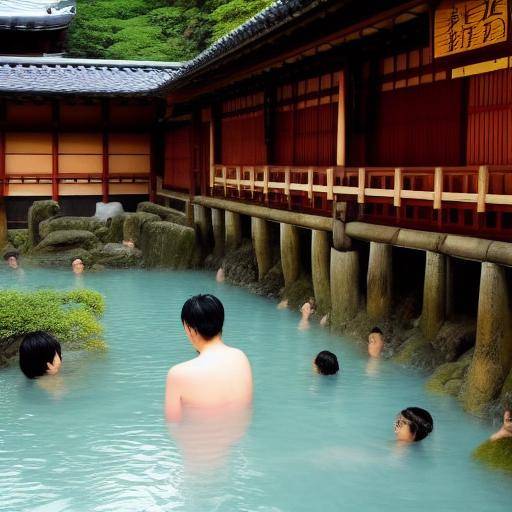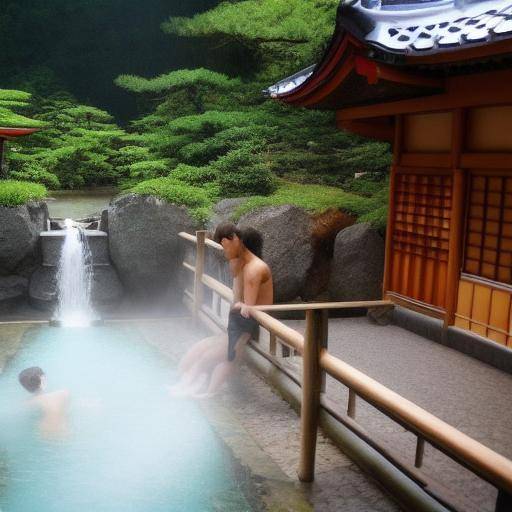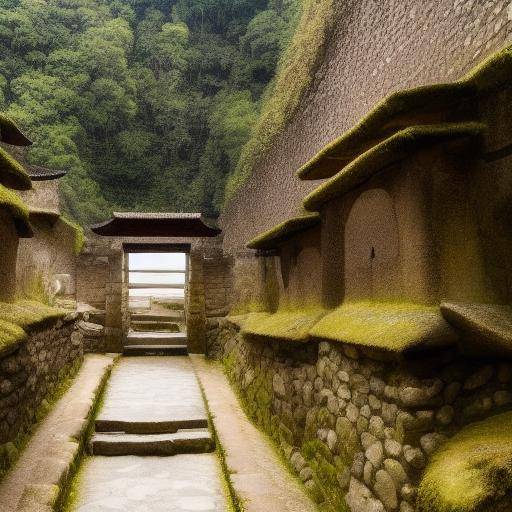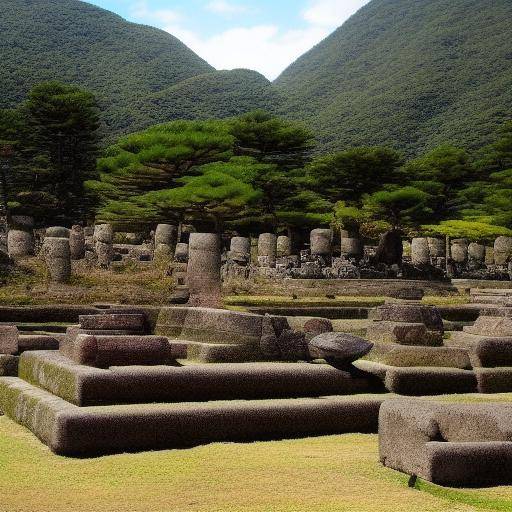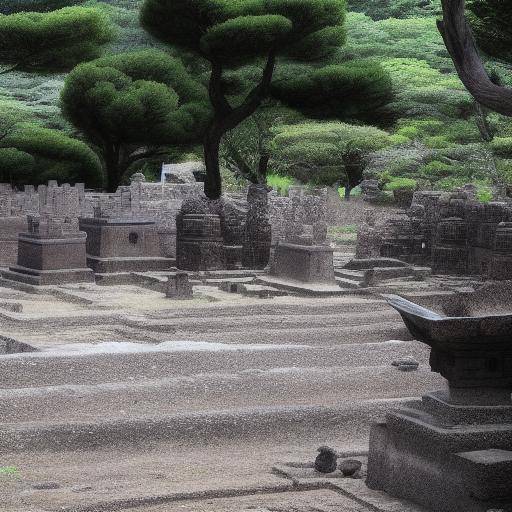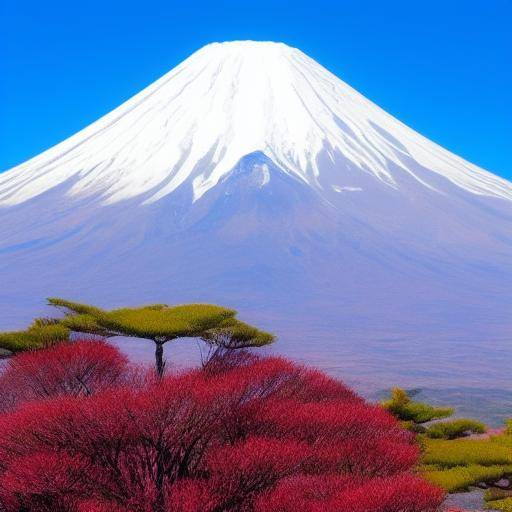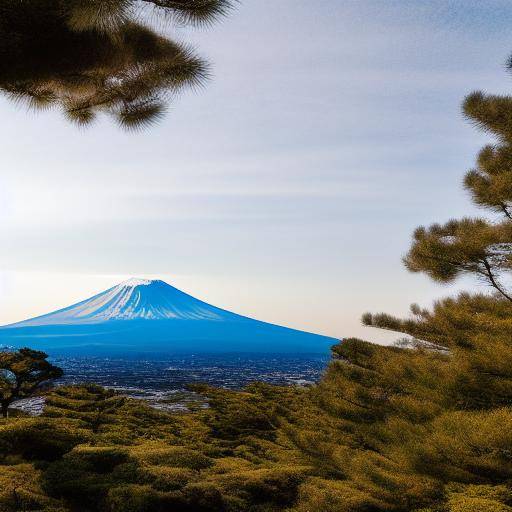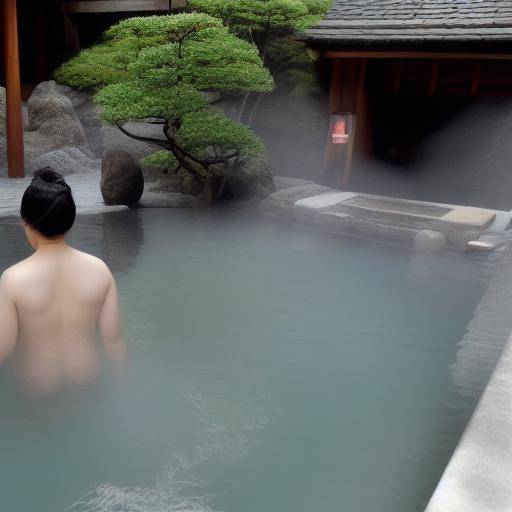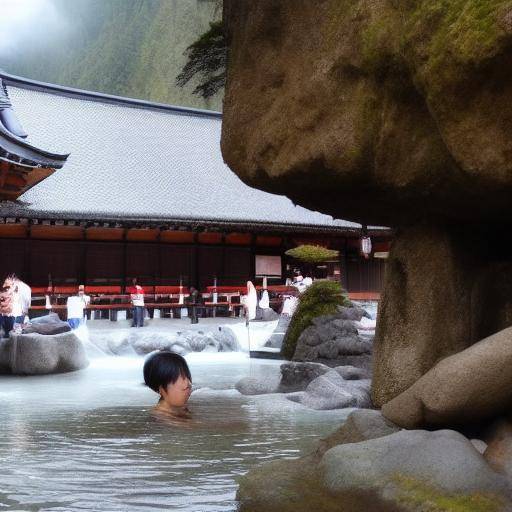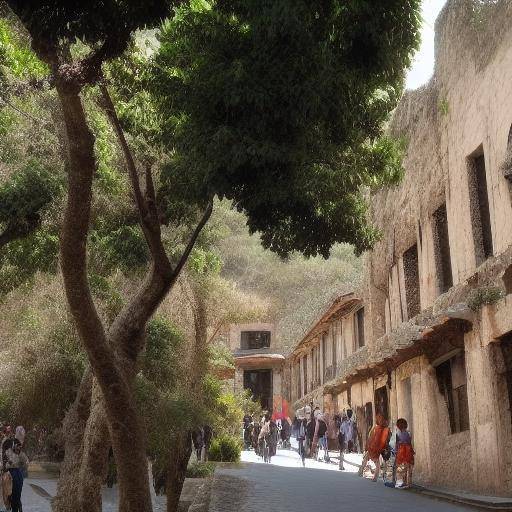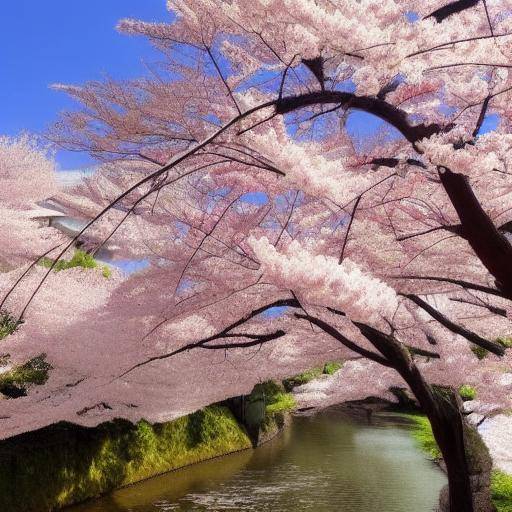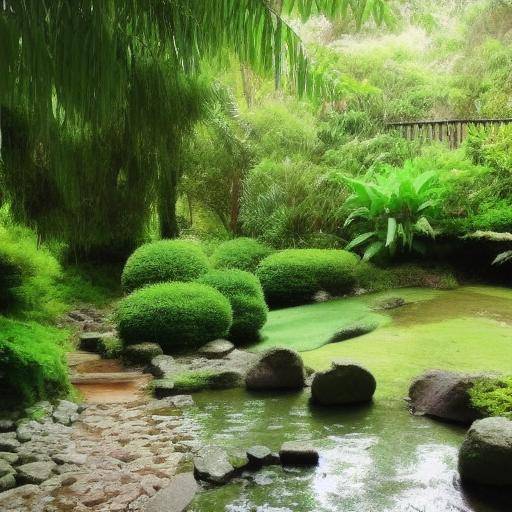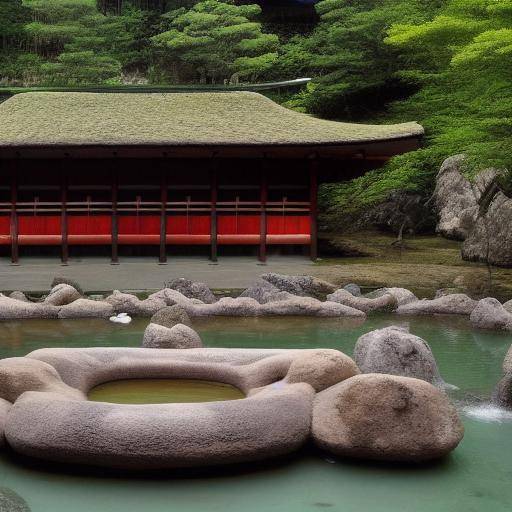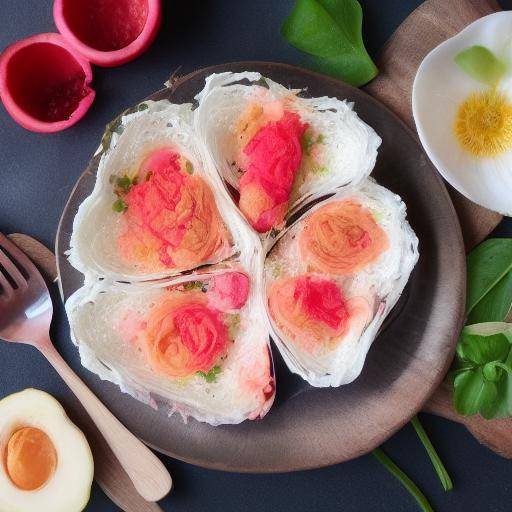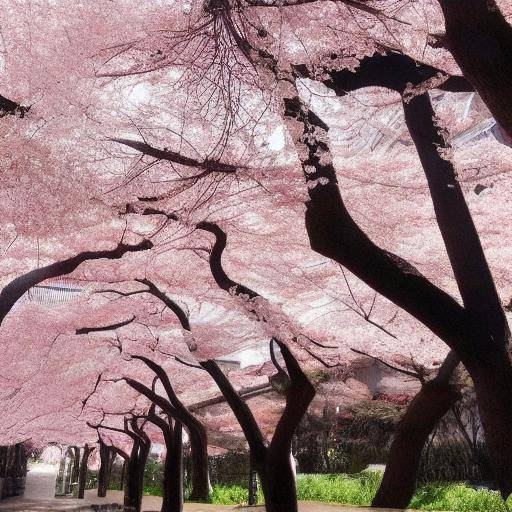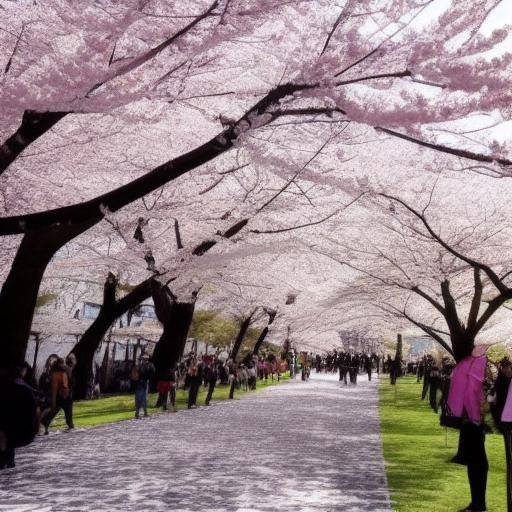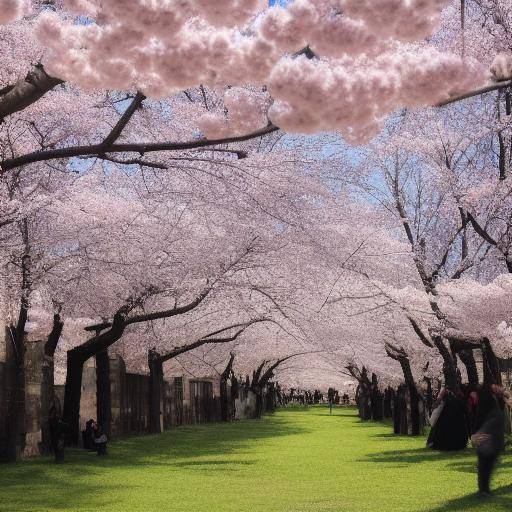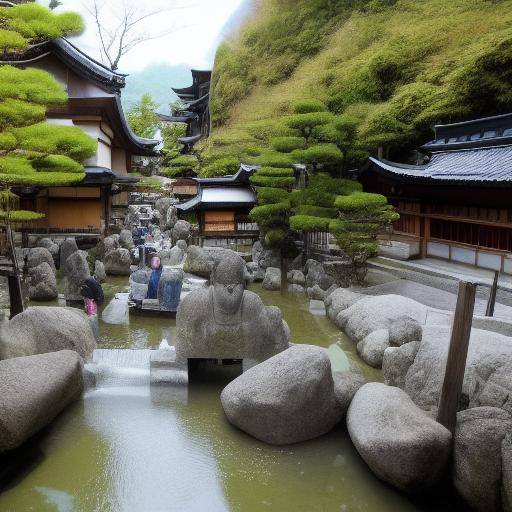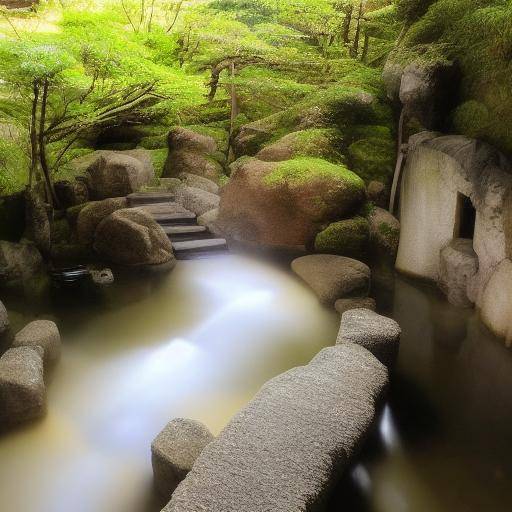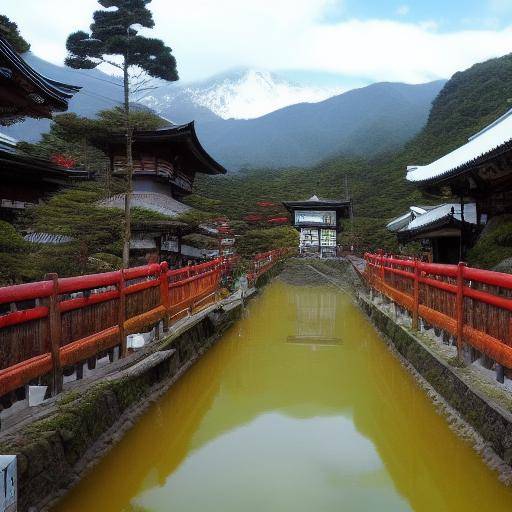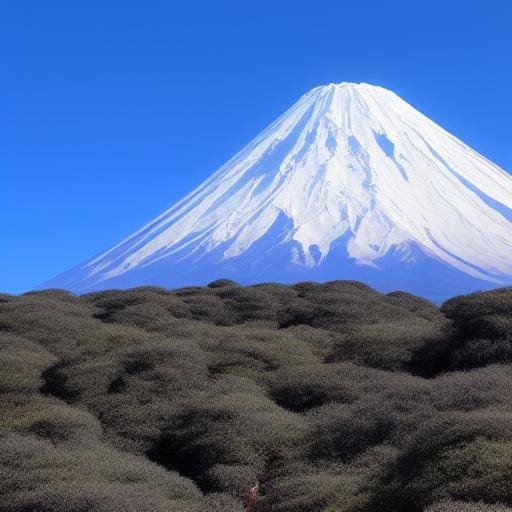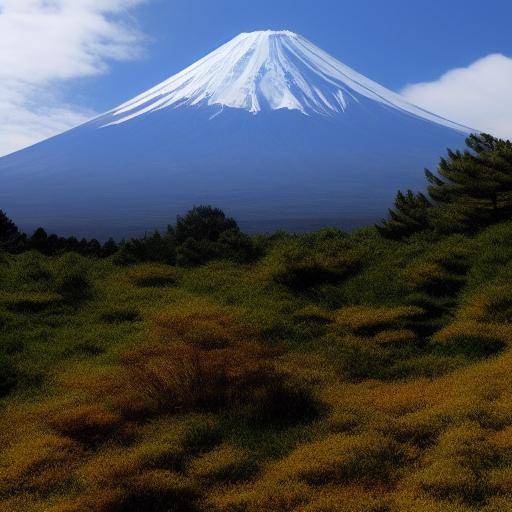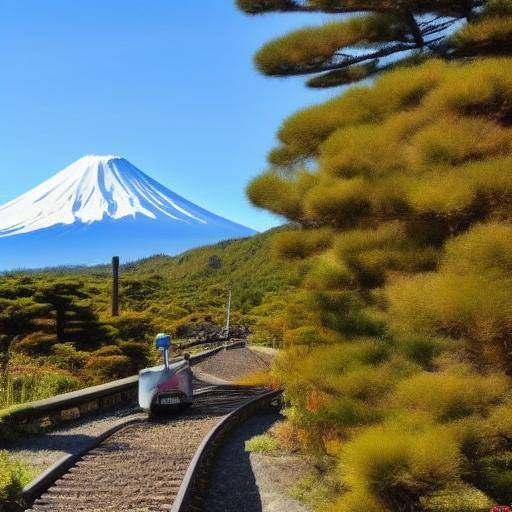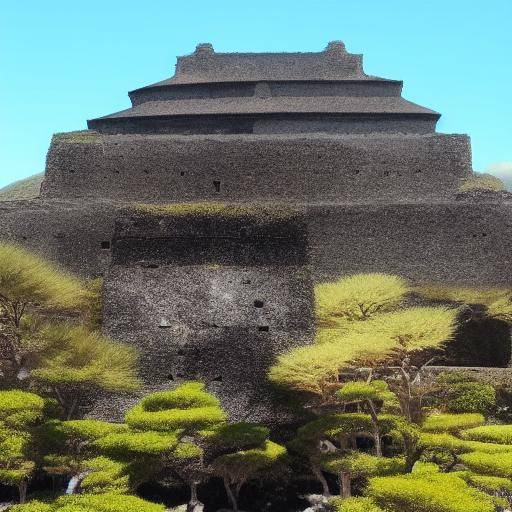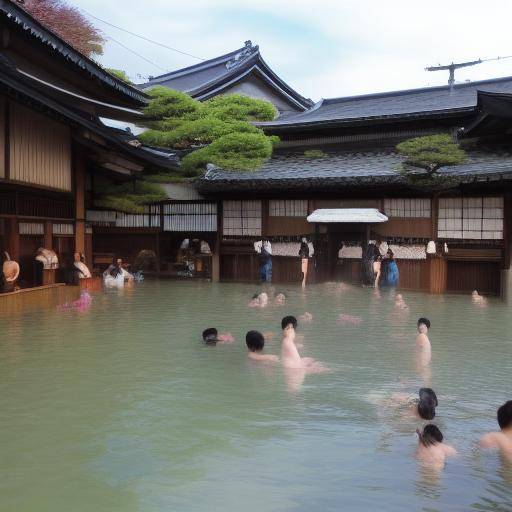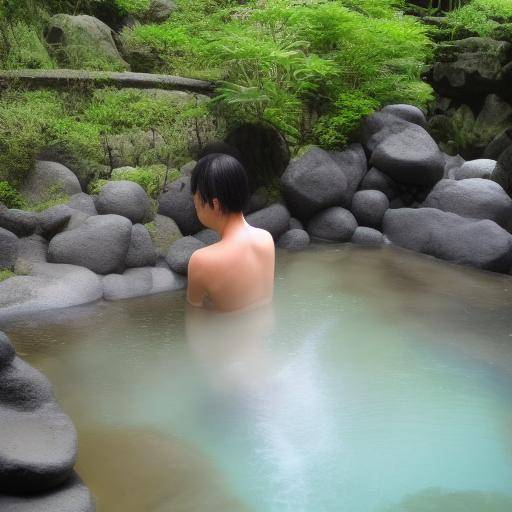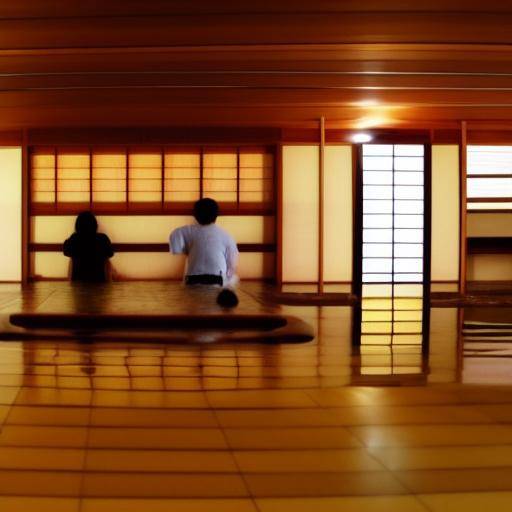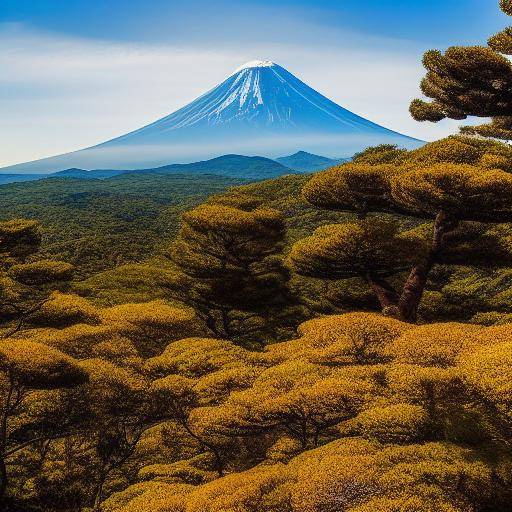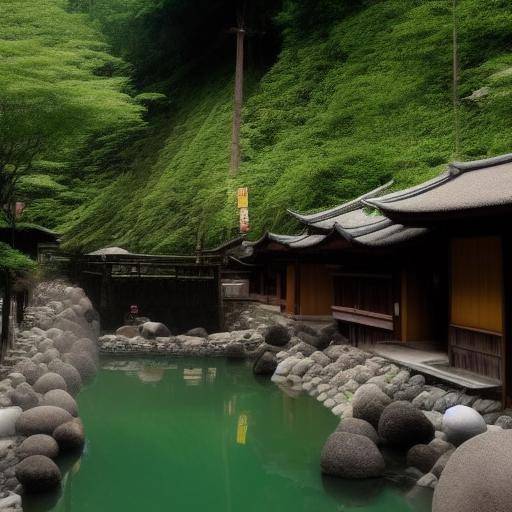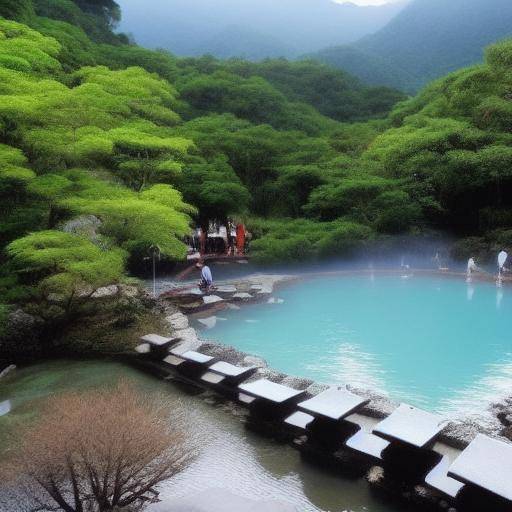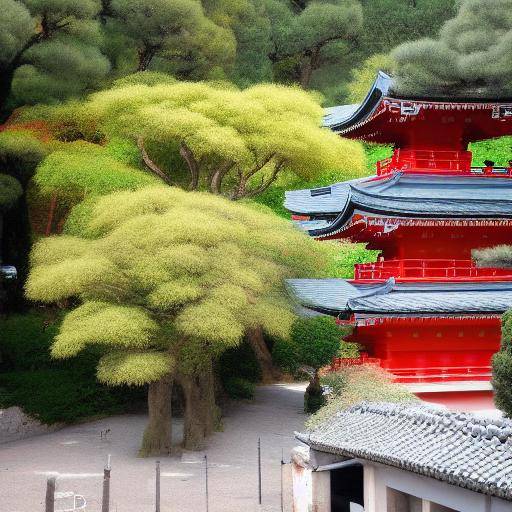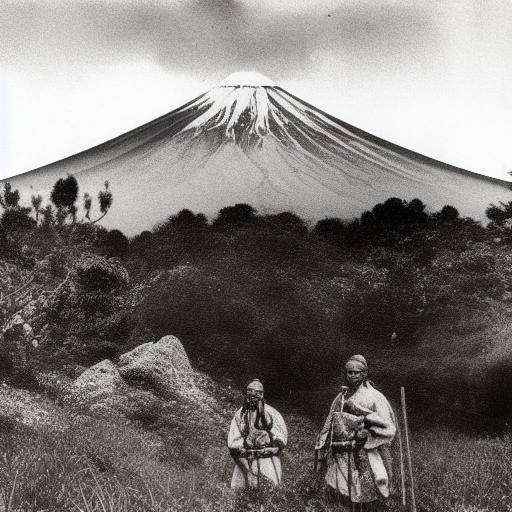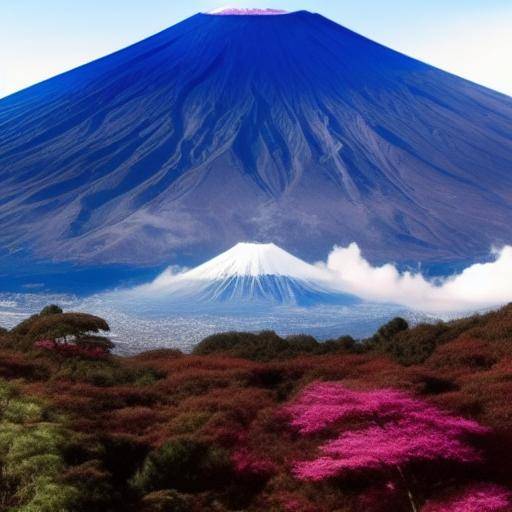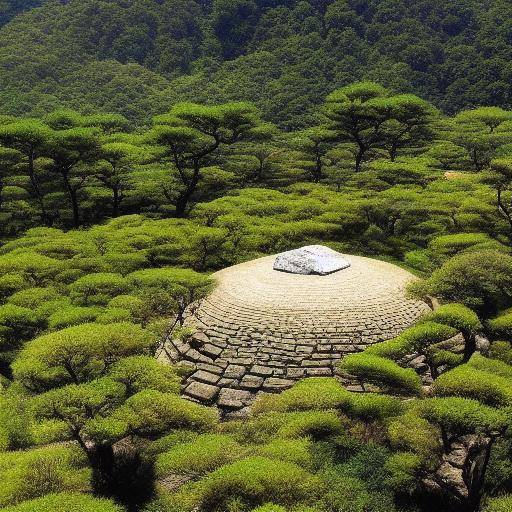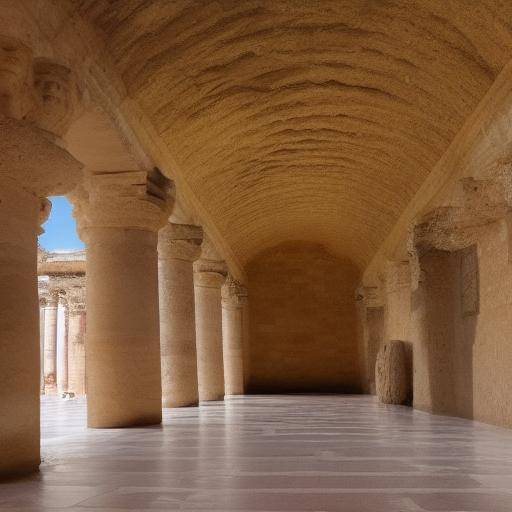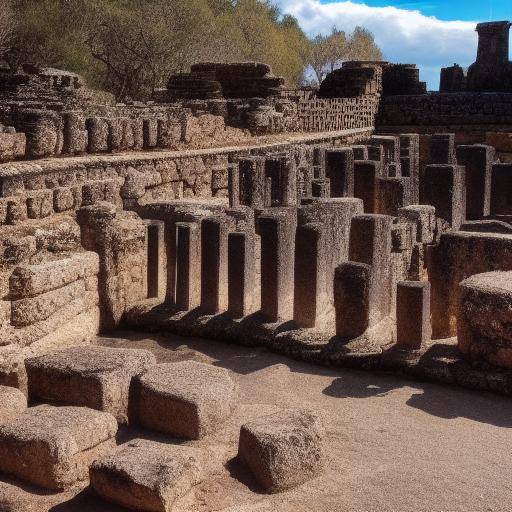
In Japan, spring comes with an explosion of life and color. Among the many destinations that celebrate this season, Kyoto emerges as a special place, where the cherry blossoms welcome the station with a magnificent exhibition. In this article, we will explore the unique beauty of Kyoto, its blossoms, and the fascinating Japanese culture that surrounds them. Join us on a journey to the essence of Japanese spring, where tradition and nature intertwine in an unforgettable way.
Introduction
Kyoto, known as Japan's cultural heart, is a historic treasure that attracts visitors from around the world. Its temples, shrines, gardens and festivals bring with it the promise of an unforgettable experience. And in spring, the cherry blossoms add a magical touch to this city already of itself captivating. This article will take you to a journey through the charms of Kyoto in spring, revealing its deepest secrets and its best kept treasures.
History and Background
To truly understand the importance of flowering cherry trees in the context of Kyoto, it is crucial to immerse yourself in your history and background. Kyoto was the capital of Japan for over a thousand years, establishing a rich cultural heritage that lasts until today. The cherry trees in flower, or "sakura", occupy a prominent place in this history, being the emblematic symbol of ephemeral beauty and seasonal renewal.
In 794, Kyoto was chosen as the imperial capital of Japan, an event that marked the beginning of a golden era for the city. Since then, Kyoto has been the center of Japanese culture, art and spirituality, and the blossoming cherry trees have been silent witnesses of this splendor over the centuries. In addition, the celebration of the flowering of the cherry trees, known as "hanami", has become a tradition rooted in Japanese social life, where friends and families meet under the elegant trees to contemplate their ephemeral beauty.
Deep analysis
The benefits of this natural phenomenon transcend the purely aesthetic. The flowering of the cherry trees in Kyoto attracts millions of visitors every year, which has a significant impact on the local and national economy. Dealers, hoteliers and restaurateurs rely heavily on this season to attract tourists, which drives innovation and development in the city.
However, challenges also arise, such as the sustainable management of the influx of visitors and the preservation of the environmental integrity of natural spaces. The local authorities work to balance the promotion of tourism with the conservation of natural and cultural heritage, thus facing a delicate balance that defines the future of the region.
Exhaustive examination
Beyond its economic impact, the flowering of the cherry trees has a symbolic meaning rooted in the Japanese psyche. The transient beauty of the blossoming cherry trees is considered a reminder of the fleetingness of life itself, a fundamental notion in Japanese philosophy and art. This fundamental understanding influences how the Japanese see the world around them and how they address the experiences of everyday life.
The connection between Kyoto, the cherry blossoms and the Japanese culture is so profound that it is impossible to separate them. The city becomes a heavenly setting, where simplicity and elegance unite to create a spectacle of epic proportions that marks the beginning of a new spring.
Comparative analysis
Compared to other regions of Japan, the phenomenon of the blooming of the cherry trees in Kyoto shows distinctive features that differentiate it and highlight its unique charm. The carefully pruned trees and traditional architecture create an incomparable setting that transports visitors to a world of serenity and incomparable beauty.
Practical advice and useful advice
If you have the opportunity to visit Kyoto during the flowering season of the cherry trees, here are some practical tips to make the most of this unique experience:
- Plan your trip ahead, as the demand for accommodation and activities increases significantly during the hanami season.
- Consider joining a guided tour to gain a deeper understanding of the history and cultural relevance of the flowering cherry trees in Kyoto.
- Do not limit yourself to the most popular places; explore the lesser known corners of the city to discover its hidden beauty.
Industry Information and Expert Reviews
We have had the opportunity to talk with experts in Japanese horticulture, who have given us a valuable insight into the care and preservation of cherry trees in Kyoto. According to the gardener Taro Nakamura, "The key to maintaining the health and beauty of the cherry trees lies in a meticulous care throughout the year, not only during the flowering season".
In addition, different Japanese authors and sociologists have analysed the psychological impact of the flowering of cherry trees on the population, finding that this ephemeral experience fosters feelings of hope, renewal and gratitude in Japanese society.
Case Studies and Real Life Applications
Beyond its aesthetic and cultural importance, flower cherry trees have practical applications in fields such as photogrammetry and meteorology. The observation of the blooming of the cherry trees has become a way of tracking climate change and its effects on nature.
In addition, companies from all over Japan have taken advantage of the iconic image of cherry blossoming in their marketing campaigns, using this visual metaphor to convey rebirth, opportunity and beauty messages in their products and services.
Future Trends and Predictions
As global tourism experiences significant changes, the blooming of cherry trees in Kyoto faces challenges and opportunities in the future. Sustainability, environmental preservation and responsible tourism management are seen as critical themes that will define the next stage of development of this beautiful tradition.
In addition, with advances in technology and science, we can expect a deeper understanding of the biological processes that govern the flowering of the cherry trees, which could open new avenues of research and conservation.
Conclusions and FAQs
After exploring the wonders of Kyoto in spring, it is evident that the city offers a unique experience that combines cultural wealth, natural beauty and seasonal singularity. Every year, the flowering of the cherry trees in Kyoto reminds us of the ephemeral but eternal beauty of nature and the importance of appreciating every moment.
Then we answer some frequent questions about Kyoto, the blooming of cherry trees and Japanese culture:
Question 1: What is the best time to visit Kyoto and enjoy the cherry blossoms?
The flowering period of the cherry trees varies every year, but usually occurs between late March and early April. Plan your journey ahead and check the weather forecasts for a more accurate estimate.
Question 2: What other places of interest do Kyoto offer in addition to flowering cherry trees?
Kyoto hosts countless attractions, ranging from ancient temples and shrines to exquisitely designed gardens. Do not miss the opportunity to explore the famous Golden Pavilion, the Kiyomizu-dera Temple and the Gion Quarter, known for its traditional tea houses and the possibility of sighting geishas.
Question 3: Is it possible to participate in traditional ceremonies during the Hanami season in Kyoto?
Yes, several organizations offer the opportunity to experience tea ceremonies, Japanese calligraphy and special cultural events during the flowering of the cherry trees. Learn about the activities available and book in advance, as they often have a great demand.
Question 4: What are some of the traditional meals and drinks served during the hanami season?
The "bent" (packed lunches), "dango" (rice dough balls) and green tea are popular options to enjoy during the observation of the flowered cherry. In addition, many restaurants and street stands offer temporary specialities that celebrate the season.
Question 5: Are special events taking place during the flowering of the cherry trees in Kyoto?
Yes, during this season there are numerous festivals, art exhibitions and cultural shows that complement the natural beauty of flowering cherry trees. Check the local event schedule so you don't miss any exciting activity.
Question 6: What is the best way to capture the beauty of the cherry blossoms in Kyoto?
Photography is a popular way to preserve the memories of this unique experience. Be sure to charge your camera or phone with enough battery and explore different angles and moments of the day to capture the essence of the cherry trees in its fullness.
Concluding, Kyoto embodies the essence of Japanese spring in an incomparable way, offering visitors an experience that combines history, art and nature in its maximum expression. The flowering of the cherry trees in this ancient city is much more than a seasonal phenomenon; it is a celebration of life, ephemeral beauty and the connection with nature that transcends cultural borders.
Get ready to explore Kyoto's wonder in spring and discover the magic of one of Japan's most beautiful traditions!
With this in mind, would you like to start planning your trip to Kyoto in spring? Let us know how we can help you organize this unforgettable experience!
Remember, the beauty of Kyoto and the cherry blossoms is within reach of your hand in the next spring.

